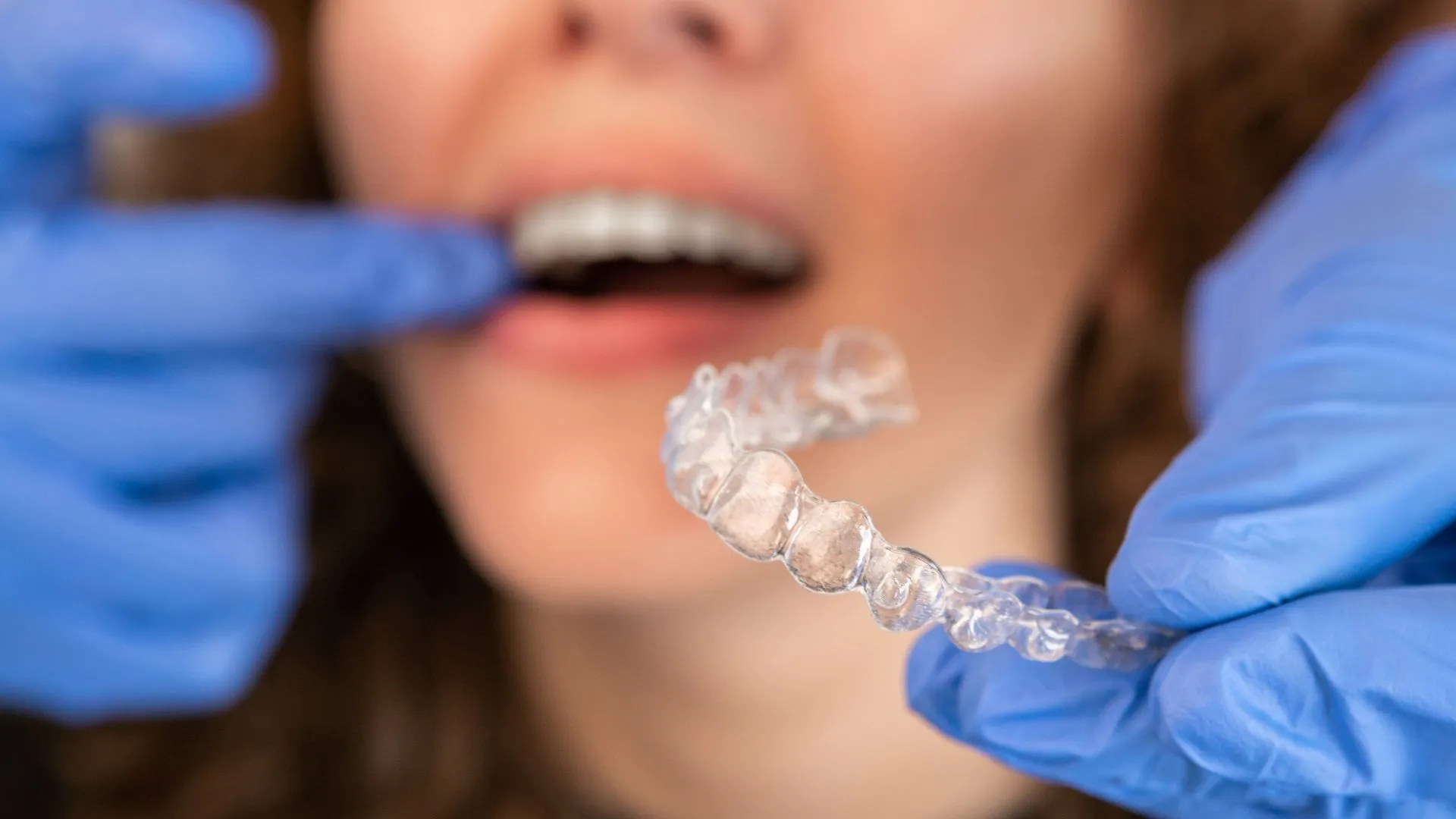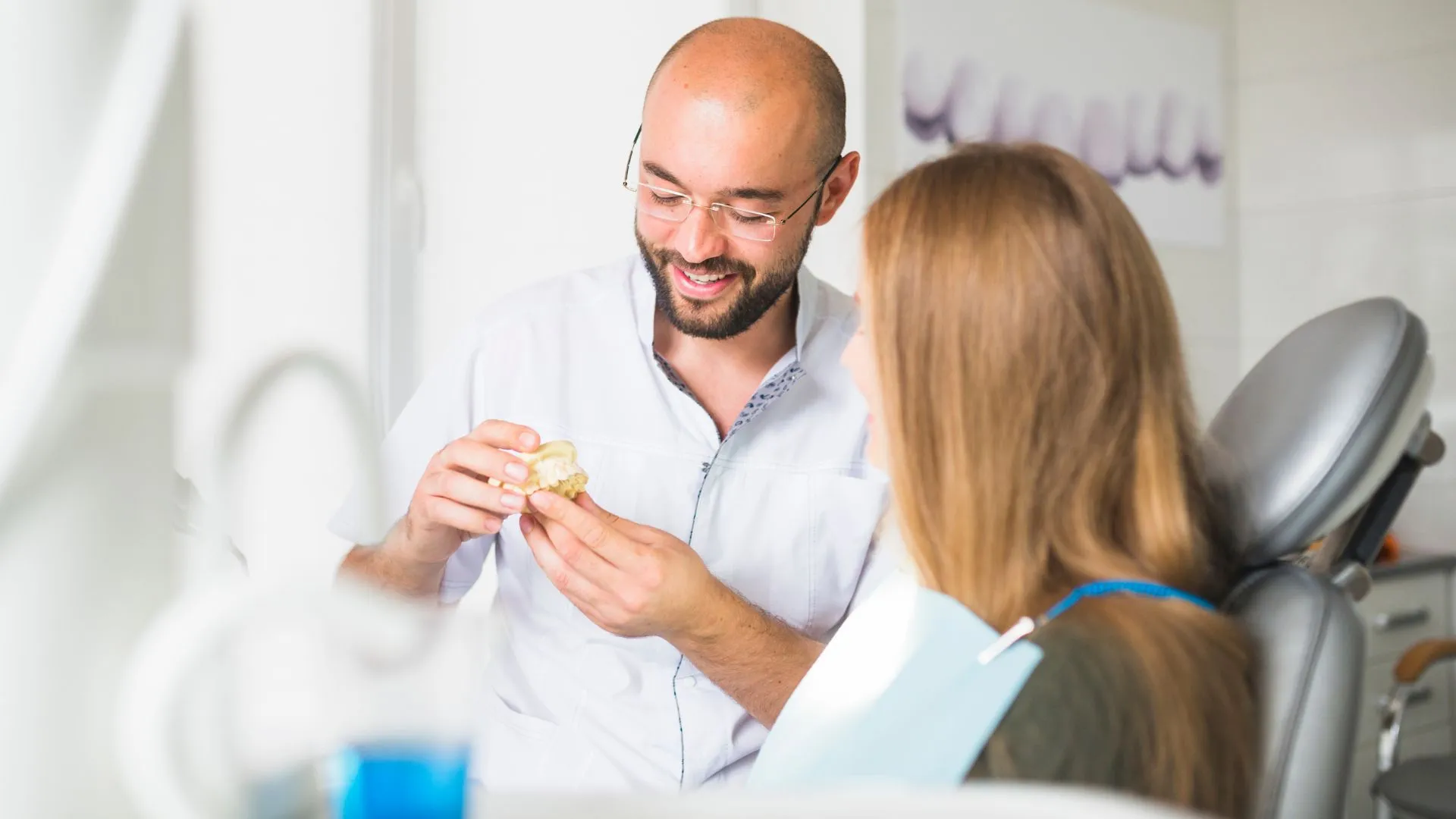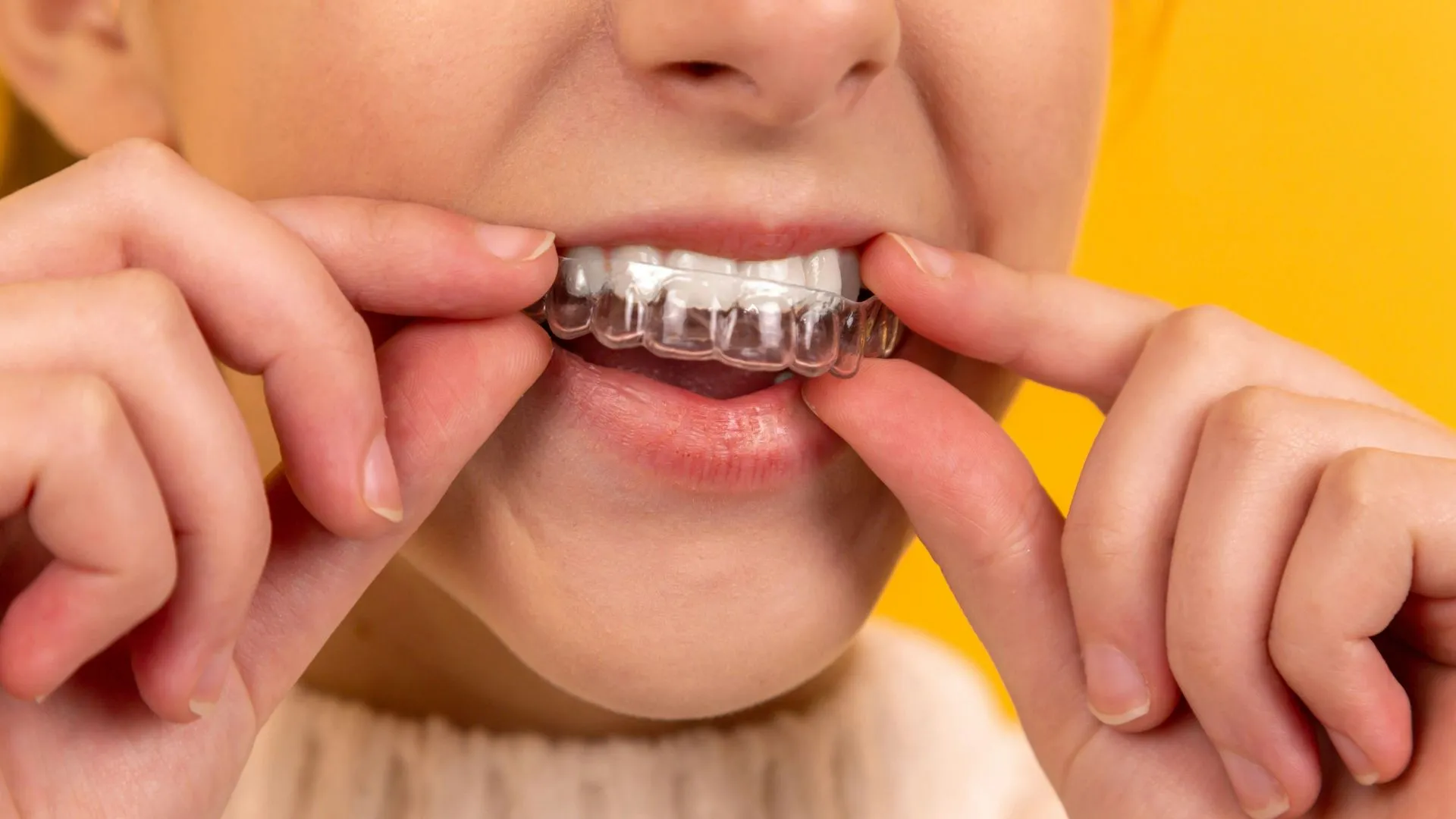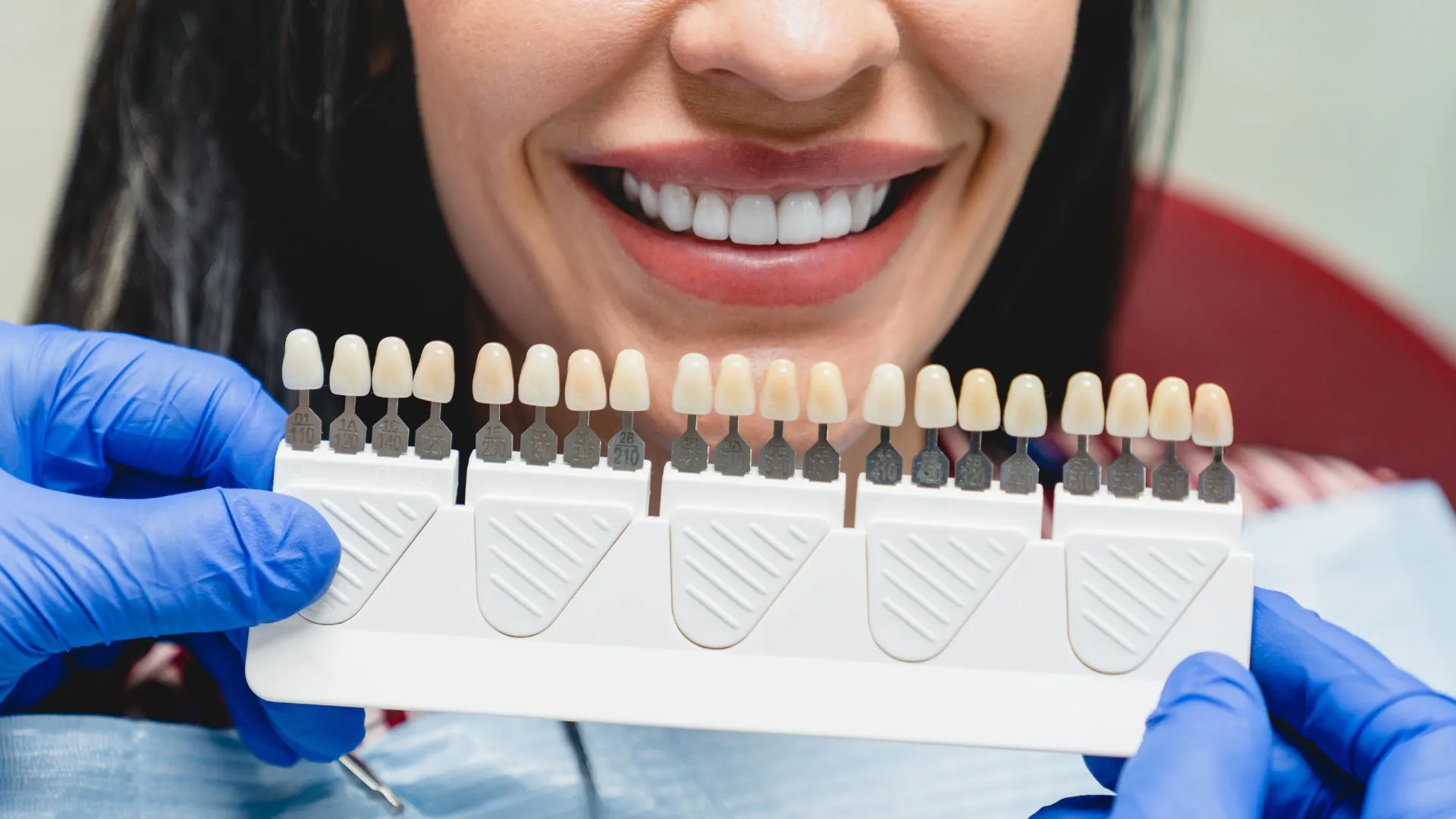Do you hide your grin in photos? Or do you feel uncomfortable smiling or eating in public? If so, it could be time to straighten your teeth with Invisalign®. Read on to learn more about this revolutionary teeth straightening system.
Do you regret not getting braces as a kid? Don’t worry. Invisalign® can correct multiple smile flaws and give you the even, beautiful grin you crave. What’s more, Invisalign aligners are clear, removable, and often take less treatment time than traditional braces.
At Image Dental in Stockton, California, our team provides Invisalign for adults and teens. In this blog, we explain how Invisalign works and four smile problems it can correct.
How Invisalign works
Invisalign is a revolutionary teeth straightening system that has many advantages over traditional braces. The system uses clear, removable aligners that are made of a patented thermoplastic material called SmartTrack®.
Getting your aligners
To get your aligners, your mouth is scanned, and your provider uses these images to create a progression sequence to move your teeth from where they are now to where they need to be. These scans are also used to create your series of aligner trays. Each tray is slightly different, and they’re designed to move your teeth a little at a time.
When you get your aligners, you replace one set with another every two weeks or so. And by the time you take out your last set, you have the smile you desire.
Wear time
In order for the treatment to stay on track, you need to wear your aligners for an average of 22 hours a day. You should only take them out to eat, clean your teeth, or for special occasions.
Furthermore, you’ll need to make sure to change out your aligners on the schedule your provider gives you and visit our office at the intervals required.
Treatment time
Very short sequences that are designed to correct minor flaws can be completed in as little as six months, but the average time patients spend in aligners is 12-18 months.
This time frame, however, is still often less than is needed with traditional braces. And, with Invisalign, there are no wires, and there is no tightening!
4 problems that Invisalign corrects
Invisalign can correct many of the orthodontic issues traditional braces can. Here are some of the most common ones:
1. Crowded or gapped teeth
Teeth that are too close together can be gently shifted away from each other to take their proper places in your arch. Likewise, teeth with gaps between them can be nudged back into proper alignment to reveal a straight, even smile with no unsightly spaces.
2. Misaligned teeth
Sometimes, teeth can come in behind or in front of their intended places in the arch. These teeth can be gently moved back to their correct positions, which can provide better structural support for the teeth around them.
3. Crooked teeth
Teeth that are in the right place but are angled outward or inward can be shifted to a straight position to present a unified look with the teeth around them. This provides a more aesthetically pleasing look and can significantly improve your appearance.
4. Malocclusion
Finally, perhaps the most important issue Invisalign can fix is malocclusion, which means the bite isn’t correct. This can be due to an overbite, underbite, crossbite, or open bite. Many people with malocclusion suffer from pain in the jaw or persistent headaches. Correcting the bite issue often resolves these side effects.
If you’re interested in Invisalign for yourself or your teen, call 209-392-5688 or book an appointment online with Image Dental today.



